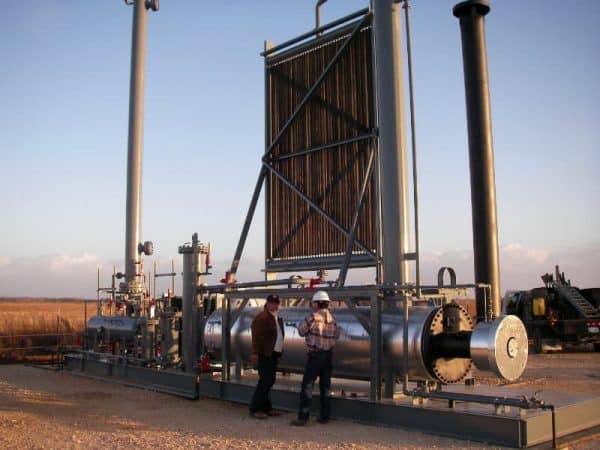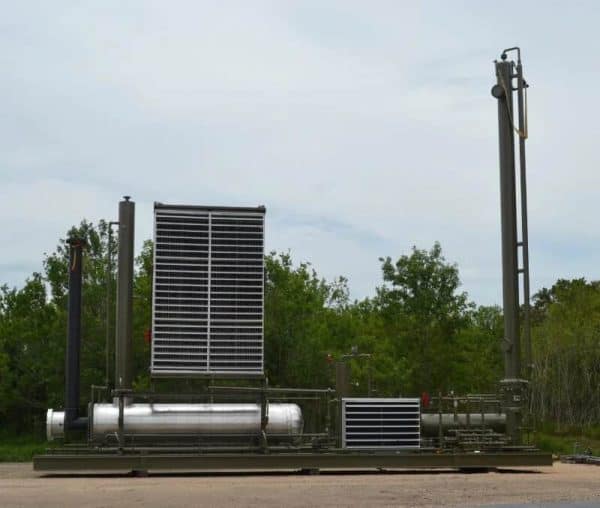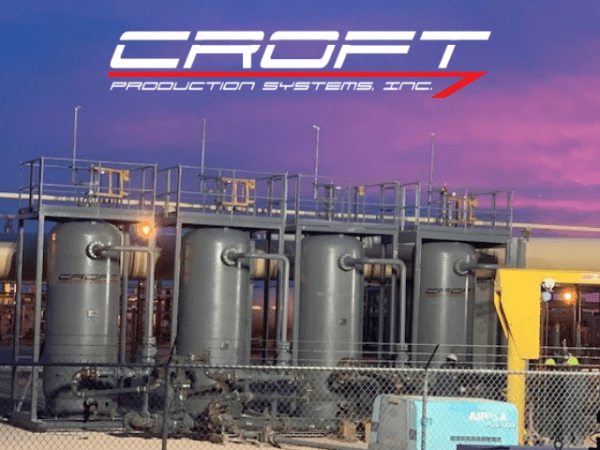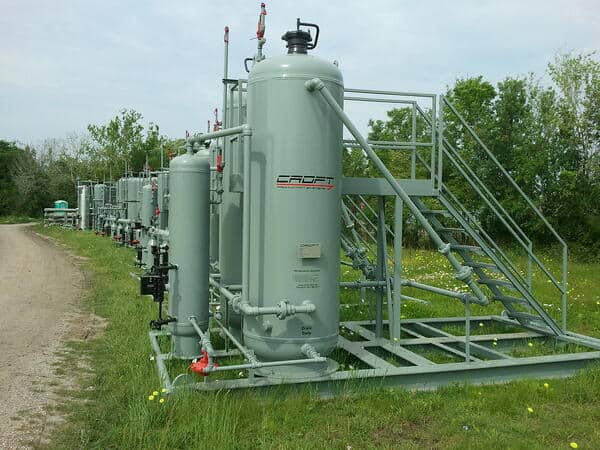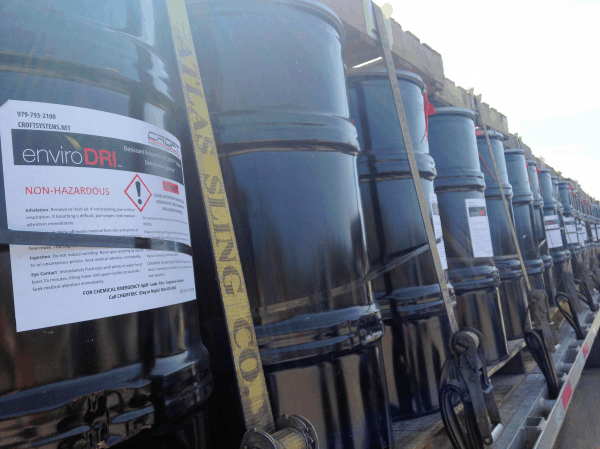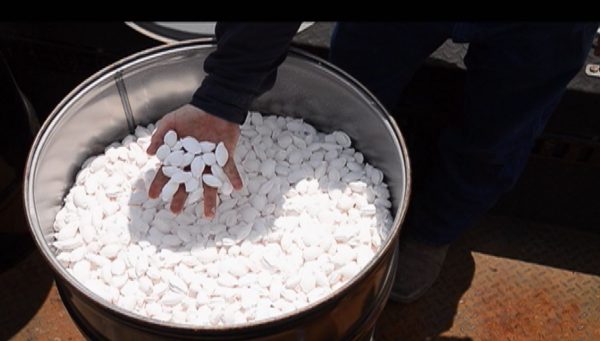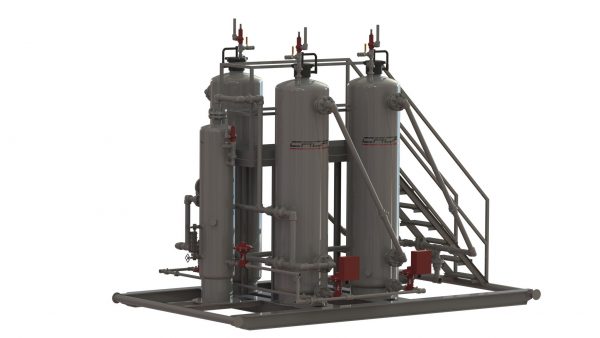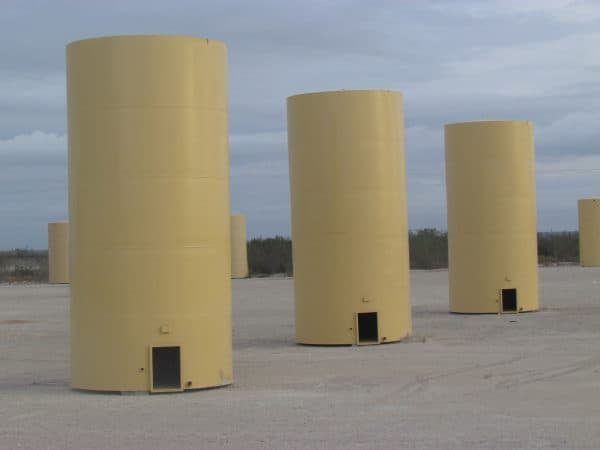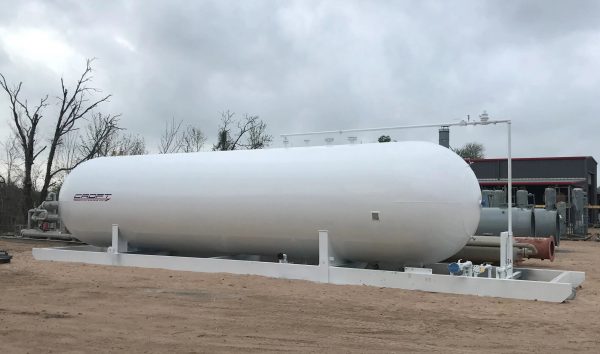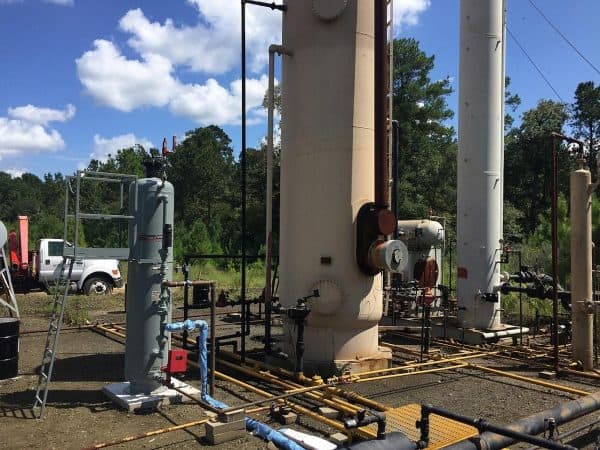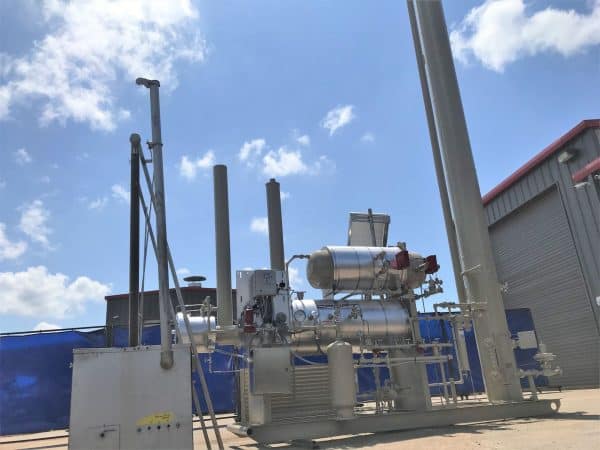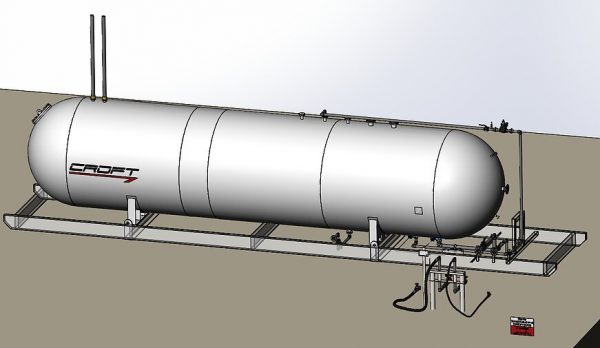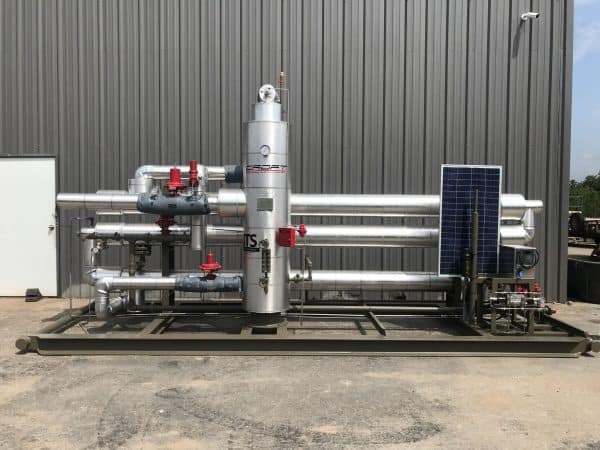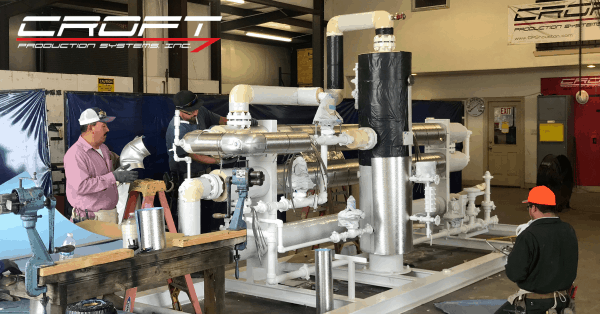Our Products
Most customers dread having to conduct a full cleanout of a TEG dehydrator. The cleanout sometimes implies shutdowns or drop in capacity. One of the ways CROFT designed the Passive Dehydration System (PDS) is to be utilized as a quick, easy, and a temporary way to bypass a TEG and continue to dehydrate the gas while your TEG is shut down and getting serviced/cleaned out.
Read MoreIn this webinar, Saving Money in Operations: Glycol Dehydration, we engage with experts discussing glycol dehydration units and optimization.
Read MoreMost customers dread having to conduct a full cleanout of a TEG dehydrator. The cleanout sometimes implies shutdowns or drop in capacity. One of the ways CROFT designed the Passive Dehydration System (PDS) is to be utilized as a quick, easy, and a temporary way to bypass a TEG and continue to dehydrate the gas while your TEG is shut down and getting serviced/cleaned out.
Read MoreThe CIS 30 MM model. This system was designed to have different static mixers to create enough turbulence and increase contact time without creating too much of a pressure differential. It has a modified two-phase separator to act as a bubble tower for efficient use of the chemical while providing proper separation.
Read MoreAbsorption vs. Adsorption Dehydrating natural gas, or the removal of water vapor from natural gas can be done by either adsorption or absorption. Croft’s Passive Dehydration System uses adsorption, where water vapor is collected and condensed on the surface with the use of a solid desiccant. Solid desiccants have a high adsorption capacity, a low resistance to gas […]
Read MoreCROFT Passive Dehydration Systems natural gas dehydration unit that utilizes a specially formulated solid desiccant called enviroDRI to adsorb water from the gas stream. Below are our clients’ most commonly asked questions about enviroDRI. What is enviroDRI? enviroDRI is a deliquescent desiccant pellet about the size of an almond designed to adsorb water from hydrocarbon […]
Read MoreSolid desiccant dehydration is a safer alternative to gycol dehydration, which uses a liquid desiccant to absorb water from the gas.
Read MoreThe Passive Dehydration System is the preferred alternative to the glycol unit for natural gas dehydration. Dehydration is a critical process required to meet pipeline specifications.
Read MoreOil storage tanks serve as a staging area to collect crude oil in several stages of production. These tanks are used in production fields and hold the oil until it is delivered to tankers or into a pipeline. Storage tanks are also used as a holding area for crude oil before the refining process and they also hold refined products after it is processed.
Read MoreA separator is a mechanical device for removing and collecting liquids from natural gas. Read our blog on What is a Separator? to learn more about the specific applications for a separator. Now, let’s dive in on the specifics of how a separator works and understanding the process a little more in-depth. The Separation Process: All separators […]
Read MoreAn oil and gas separator is used for removing and collecting liquids from natural gas. A properly designed separator will also provide the release of entrained gases from the accumulated hydrocarbon liquids. These separators can go by many names or different purposes like liquid separators, oil separators, water and oil separators, etc., but the most […]
Read MoreEngineer, Eric Orellana, talks about bullet tanks, their features and NGL recovery. Read more about CROFT bullet tanks and their features. What is a Bullet Tank? Transcription Hi, my name is Eric Orellana, I’m an engineer here at Croft Production Systems. Today I’ll be talking to you about bullet tanks and some of their features. […]
Read MoreDo you dread the anticipation of having to clean out your TEG? Having to shut down your operation for a few weeks? Here at CROFT we offer a mobile Passive Dehydration System. It is a quick, easy and a temporary way to bypass a TEG and continue to dehydrate the gas while your TEG is […]
Read MoreWhat is a Glycol Dehydration Unit? Triethylene glycol (TEG) unit or glycol dehydrator is a liquid desiccant system used for the removal of water from natural gas and NGLs. It is the most commonly used means of water removal from natural gas. A TEG Unit also referred to as a glycol unit, uses absorption, which […]
Read MoreThere are many guidelines that our industry must follow to ensure there is a safe environment for everyone. At CROFT, we follow the same standard and safety guidelines for all of our equipment and bullet tanks are no exception. Last week we told you what a bullet tank was and what it is used for. […]
Read MoreA bullet tank is a storage container that houses natural gas liquids (NGLs). The tanks come in many different sizes and include accessories that best suit your operation. Bullet tanks range from 6,000 to 30,000 gallons, with an 18,000-gallon tank being the most common size. Tanks should be no more than 70-80% full in order for […]
Read MoreJT systems are primarily used for NGL recovery, dew point specification for pipeline spec, and the reduction of the BTUs of the natural gas for natural gas-powered engines.
Read MoreThis timelapse video shows the two day-long insulation process in just 30 seconds. Joule Thomson Systems (JT) are important systems in your surface processing operations, and if the piping and heat exchangers are poorly sealed or insulated they are likely contributing to lower efficiency gains and consistent cold separator temperatures. The Joule Thomson System simultaneously reduces the […]
Read MoreWatch this 1-minute Time-Lapse video of a 10-hour workday spent assembling a TEG. This unit has now gone through implementation, and will be ready to ship to the customer early next week. Thanks For Watching: Thanks for checking out our video, if you have an application you’re working on, or questions in general, please feel […]
Read More- « Previous
- 1
- 2
- 3
- Next »

